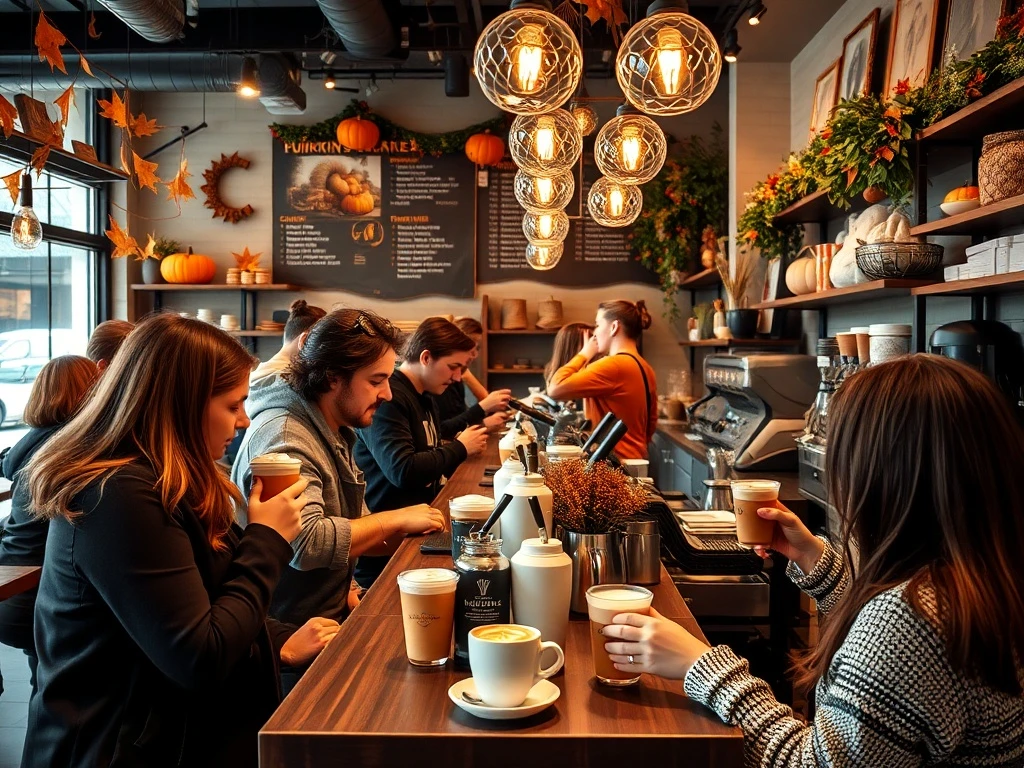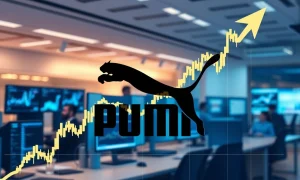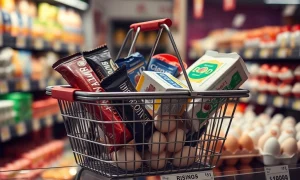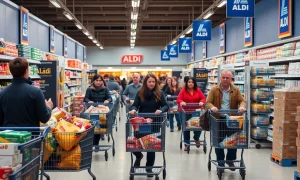The seasonal return of pumpkin spice lattes creates an undeniable surge in customer traffic for major coffee chains. Consequently, Starbucks and Dunkin’ experience remarkable sales increases every autumn. This phenomenon demonstrates powerful consumer behavior patterns. Additionally, it reveals strategic marketing success.
The Pumpkin Spice Latte Economic Impact
Major coffee chains report significant revenue growth during pumpkin spice season. Starbucks typically sees a 20% sales increase in fall months. Similarly, Dunkin’ experiences substantial customer traffic boosts. The limited-time offering creates urgency among consumers. Furthermore, it drives repeat visits throughout the season.
Understanding the Seasonal Halo Effect
The pumpkin spice latte creates a powerful halo effect for coffee shops. Customers visit specifically for the seasonal drink. However, they frequently purchase additional items during their visit. This includes:
• Baked goods and pastries
• Breakfast sandwiches and snacks
• Regular coffee drinks for later consumption
• Merchandise and branded products
Consumer Psychology Behind the Trend
Seasonal limited-time offerings trigger psychological responses in consumers. The pumpkin spice latte represents autumn tradition and nostalgia. It creates social media buzz and word-of-mouth marketing. Additionally, it drives FOMO (fear of missing out) among customers. The drink has become a cultural phenomenon beyond mere beverage status.
Marketing Strategy Success Factors
Coffee chains employ sophisticated marketing strategies around pumpkin spice lattes. They utilize social media campaigns effectively. They also create anticipation through countdowns and announcements. The limited availability increases perceived value significantly. Moreover, consistent quality maintains customer satisfaction year after year.
Comparative Performance Analysis
Starbucks and Dunkin’ both benefit from pumpkin spice latte season. However, their approaches differ slightly. Starbucks focuses on premium positioning and experience. Dunkin’ emphasizes accessibility and value pricing. Both strategies prove successful in driving traffic. Each chain captures different market segments effectively.
Future Trends and Projections
The pumpkin spice latte trend shows no signs of slowing down. Coffee chains continue expanding seasonal offerings. They introduce new autumn flavors and variations. Additionally, they extend the seasonal period gradually. Consumer demand remains strong across demographics. The economic impact continues growing annually.
FAQs
What is the pumpkin spice latte halo effect?
The halo effect refers to how pumpkin spice lattes drive additional purchases beyond just the seasonal drink itself.
How much do sales increase during pumpkin spice season?
Major coffee chains typically report 15-25% sales increases during autumn months compared to other seasons.
Why is the pumpkin spice latte so popular?
The drink combines seasonal nostalgia, limited availability, social media appeal, and consistent quality that resonates with consumers.
Do other businesses benefit from this trend?
Yes, the trend creates spillover effects for bakeries, grocery stores, and other businesses offering pumpkin-spice products.
How long does pumpkin spice season typically last?
Most chains offer pumpkin spice lattes from late August through November, with some variations by region and chain.
Has the trend shown any signs of declining?
Consumer demand has remained consistently strong with annual growth in sales and customer participation across all major markets.








